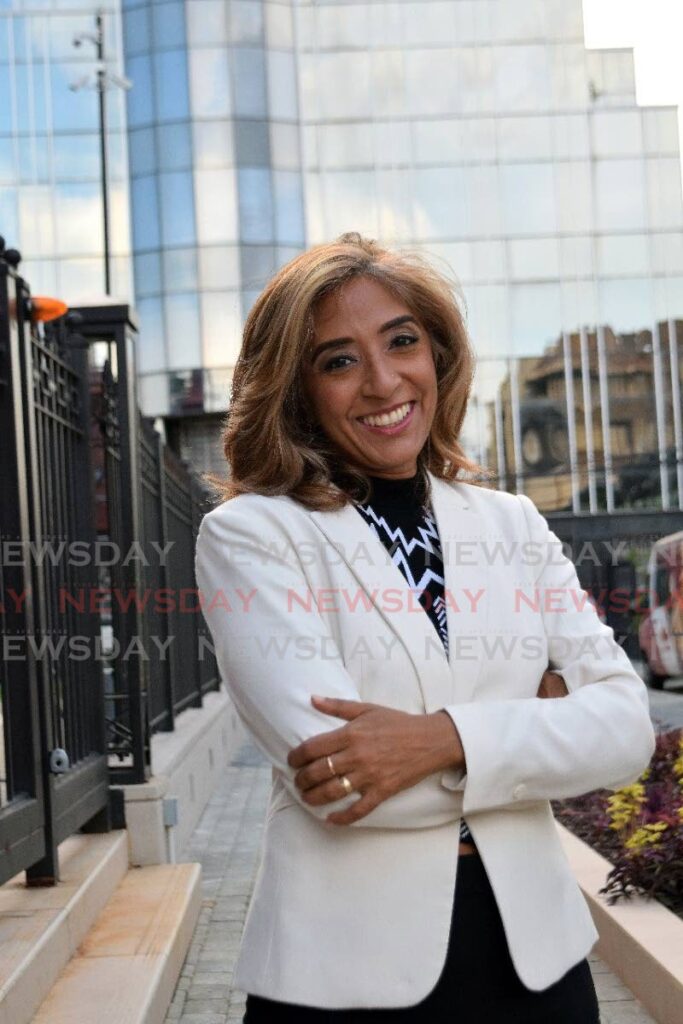Living with disasters

DR GABRIELLE JAMELA HOSEIN
ONCE, CRISES were considered exceptional.
Hurricane season came each year, but severe hurricanes were not frequent. Flooding was expected in some areas, but not to such an unprecedented extent as experienced this year, and as predicted to continue. Indeed, climate-related disasters overall have doubled globally.
The covid19 pandemic was an exceptional crisis, from which the shadow pandemics of unemployment, hunger and family violence nonetheless continue to reverberate. It is forecasted that a combination of changing temperatures, melting ice and forest loss will double the chance of such pandemics in our lifetimes.
We have disaster management plans, but are overwhelmed by scale and severity, unable to plan for loss of crops, unsure about where roads will crumble next, and incapable of compensating people for loss of their belongings and homes. We are also not yet prioritising protecting hillsides and mangroves, and it's certain that there was poor maintenance of river courses and drains, but that’s not only what is happening here.
We have to act as if crisis now defines our epoch, as if it is no longer exceptional. Then our policies and approaches will plan for this new reality, and be aware of how it exacerbates social and economic inequalities. It requires a major shift in how we think about everything we are about to face.
Currently, neither gender inequalities nor climate-related crises, nor their intersections, are taken into account in Vision 2030 or the Government’s Roadmap to Recovery post-pandemic report, and current policies to reduce risk and manage disaster are more than ten years old.
They read as if prepared for exceptional moments of crisis, not when states of exception – impassable roads, submerged houses, slipped hillsides, school closures, loss of workplace productivity and increased food prices from climate-related disaster – become a frequent norm.
What is called the Anthropocene, or the epoch when man has caused potentially irreversible impacts on the planet, is no longer waiting until 2030 or 2050. All our planning has to start with the fact that it is here.
One bread-and-butter area where there needs to be better disaster planning is in terms of childcare. On Monday schools were closed because of expected rain and flooding, but public servants were expected to work so that the state machinery could function. Similarly, shop clerks may have been expected to show up for work on the Eastern Main Road in Tunapuna or High Street, San Fernando. Nurses had their shifts at hospitals. Banks, where the majority of staff are women, were open.
As feminists asked many times during the pandemic, who is then expected to look after children? There are implicit and gendered assumptions about family and its safety, and the availability of care in the State’s approach, which relies on an at-home component of disaster response. Not only are these responsibilities unequally borne by women, children’s vulnerability to abuse and neglect can be exacerbated by state policies that do not take this into account.
We can expect further school closures as rainy seasons potentially become more severe. What are the gendered assumptions, and assessment of risk to children, underlying disaster response policy? What is our understanding of who provides family care, what kinds of care, and at what cost in a crisis? Let’s remember that there were nearly 800 reports of child sexual abuse between January 1 and September 31, 2021, during the pandemic, because homes are not safe spaces for many children.
Disasters also have mental health effects. Just as the impact of the pandemic on children was ignored when they were returned to schools – leading to unprecedented scenes of fights – how is mental health being factored in for a generation growing up in a climate crisis that no previous generation knew?
In its 2014 Technical Note, the IDB observed that there is an “absence of mechanisms to exchange lessons learned across communities on successful community-level disaster resilience experiences.” This is definitely something that can happen in preparation for the future because communities know what is needed and what works, they know the vulnerabilities among the aged and disabled, and they know what they have been calling for that the State failed to follow-through.
Disaster risk reduction and response require this: identifying the different needs of women and girls, men and boys, and people of diverse gender identities, and putting redress of the underlying causes of vulnerability at the centre of disaster risk reduction strategies. Once, we could have treated disasters as exceptional. Now, that’s no longer what we can do.
Diary of a mothering worker
Entry 485
motheringworker@gmail.com


Comments
"Living with disasters"